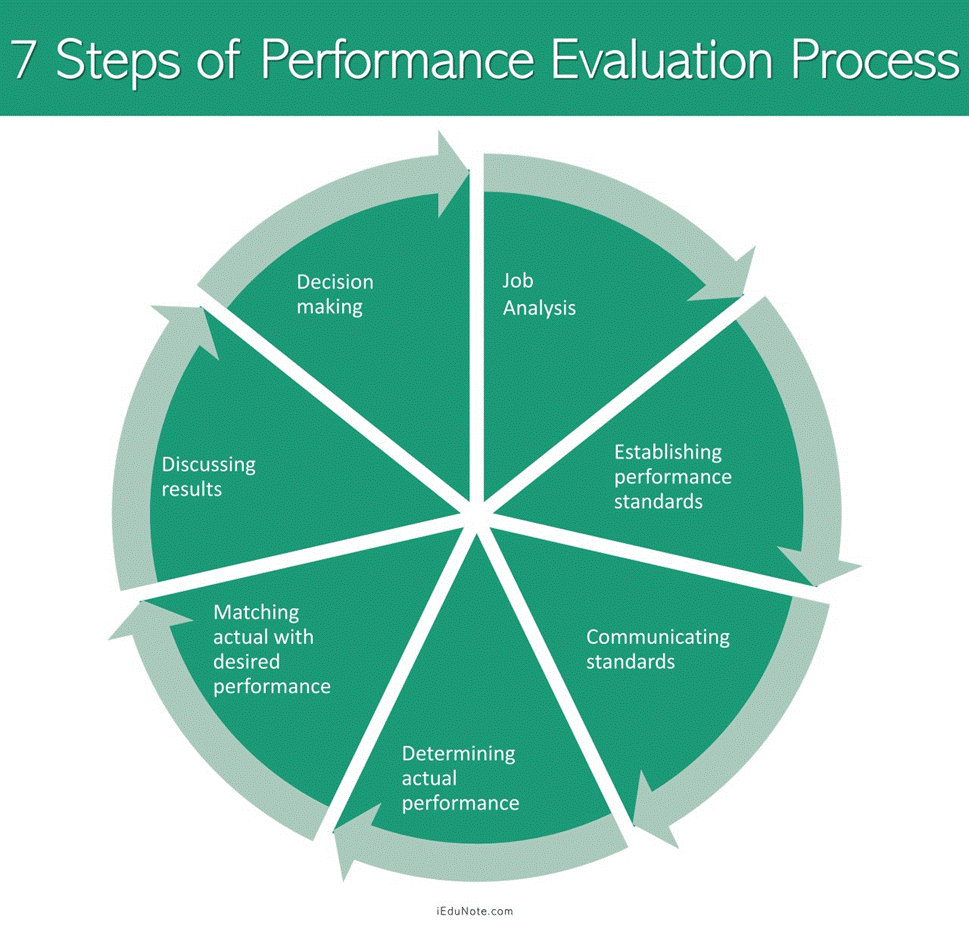Progress in technology has paved the way for resources to be utilized and connected even though they are remotely located. Many businesses around the world have come to realize remote working models during the course of the COVID-19 pandemic where social distancing was made an obligation.
However, managers have been coordinating with remote resources way before coronavirus brought the world to its knees. Today we have various tools at our disposal that can help us monitor and evaluate the performances of remote team workers.
However, according to a recent study by Finances Online, only 22% of corporate employees have received formal training to boost the productivity of their remote-based teams. Furthermore, only 15% of corporate leaders were found to be effective in leading teams across cultures and countries. Moreover, 53% of virtual teams struggle to manage their teams, albeit the fact that is noted to be a less frequent occurrence. In light of this information, let’s take a quick look at some of the best ways you can lead remote teams effectively.
1. iMindQ
A premier mind-mapping software that can open doors for innovation and stimulate creative thinking in your teams, iMindQ is easy to use and makes the presentation of ideas effortless.
This software can be easily integrated with any of your business departments and offers unique to visualize and organize concepts. It offers a hassle-free way to incorporate flowcharts, Gantt charts, WBS charts, and various other diagrams to present key information, making it easy to remember and retain.
As a manager, you can use iMindQ to breakdown complex processes and overwhelming workloads into digestible chunks. Major benefits include boosting team collaboration, creative brainstorming & concept mapping, powerful visual presentations, and project planning.
2. Daily Check-Ins
Another great method to promote productivity and keep a check on things is to make daily check-ins mandatory. These could, however, be made flexible according to the different time zones of your remote employees.
However, a daily check-in is a form of commitment when you make it an obligation. It shows that your remote resource is serious about their position and the responsibility which they have been provided with to carry out their delegated tasks.
You can call it a one-to-one meeting or a team meeting depending on whichever way is more suitable to the nature of your work.
However, make sure that daily check-ins are observed only once during the day. Here you can discuss tasks at hand, review previous accomplishments, and talk about upcoming deadlines and projects once pleasantries are exchanged.
3. Set Goals (Daily/Weekly)
With proper goal setting, you can accomplish tasks and manage deadlines. Hence any undertaking that your team members associate themselves with can be managed based on their level of commitment.
You can also delegate tasks and determine mutually approved due dates for each task and its sub-tasks. This would, however, require planning on your part to bifurcate the process into manageable and achievable objectives and milestones.
A handy way to manage motivation and setting goals is doing quarterly motivation resumes in the likes of cover letters. By understanding the drive and focus of each member and professional role, you can better develop individuals and nourish the efficiency and integrity of the team.
4. Monitoring Progress
Software technology around us has created an ecosystem that enables managers to monitor progress and keep a check on your remote workers and teammates. Here are some tools that can help you in fulfilling your role as a manager:
- ActivTrak – impressive tool for monitoring employees and focusing on worker productivity.
- Controlio – an affordable cloud-based service that scalable and keeps productivity in check.
- Teramind – comprehensive tracking and functionality, enabling you to capture user activity.
- Veriato Cerebral – robust employee tracking and engagement features powered by AI.
5. Evaluate Performance
For your remote teams, you can also use additional software solutions to evaluate their performance and determine their invested efforts and time to complete designated tasks.
Image credit: iEduNote.com
Here are some tools that can assist you in understanding just how much employees are working dedicatedly to accomplish the target:
- Asana – web and mobile-based application designed to help organize and track their work.
- Harvest – a powerful reporting tool that provides streamlining for actionable insights for free.
- Trello – Kanban-style list-making application allowing fun and free way to organize projects.
- Time Doctor – a Saas productivity and time track tool with CRM and white label capabilities.
6. Variety of Communication Platforms
When it comes to managing remote teams, there is no doubt that communication plays a crucial role. Likewise, you deploy available resources and utilize various modes of communication, including the likes of:
- An official WhatsApp group for team hearings and important notices.
- Social media platforms and pages to keep in touch.
- Teleconferencing tools for conducting team meetings and sessions such as Skype and Zoom.
- Conducting webinars or live sessions online with restricted or limited access.
- Dropbox and Google Drive for file sharing and user-friendly solutions.
7. Expectations & Outcomes
We all have expectations and targets to be achieved in a given timeframe. As a manager, you will be evaluated based on how well you manage the expectations of your organization and deliver desired outcomes. Here are some tips to help you along the way:
- Set objectives and expectations clearly, provide them in writing, and get written affirmations or acknowledgments from your team members.
- If there any official changes in responsibilities or tasks, make them appear in black and white while avoiding oral confirmations to protect the integrity of your role.
- Follow transparency with your team members and build a structure or culture of work that encourages your employees or workers to do the same.
- Document your communications, strategies, meetings, attendance, and participation of all team members.
- Give your team members the leverage and freedom to follow through the process; however, remain open for one-on-one conversations always.
- Your support and guidance to your team members is paramount for success, never shy away to facilitate your team whenever they need help.
- Hold weekly round-up meetings just in case to cover up and discuss progress made over the week. Plan out the next accordingly and discuss future goals with your team members.
8. Foster Socializations
Perhaps one of the best ways to make your remote team members collaborate is to break the ice and foster socialization.
Lead by example and nurture cooperation by being friendly when it doesn’t hurt your company’s objectives.
You can ask about their day, how they are feeling, and open them to conversations so that they can freely interact with you. Later on, you can also introduce stimulating exercises or group-based tasks to make them work together to achieve mutual goals. Some examples include:
- Ask them to collaborate to find innovative solutions and suggestions for a work-related problem. Discuss their efforts and praise them in the end for their hard work and intuitive approaches.
- Create inter-team competitions and breaking down your team into smaller groups. Offer a tangible and lucrative prize for the winner of the event.
- Develop games or have a day dedicated to team-building exercises. There are tons of them available online.
- You can even take time out to ask your team members to showcase their individual talents, inclinations, or anything they would like to share with the rest of the team.
9. Mindful Listening
Mindful listening is a technique that can be learned where you listen without passing any judgment about the speaker. Here your ultimate objective is to remain passive and actually try to resolve conflicts and facilitate team members as much as possible to find solutions to their problems.
While there are online courses and training available to acquire mindful listening skills, here are some tips for practicing on your own:
- Allow the other person to express themselves freely without restraints.
- Do not interrupt in between. It’s better to jot down their arguments, consider it as a therapy session for them, and you as their therapist.
- Try your level best to read between the lines, and get to the bottom of the problem and the root cause behind their trouble. Offer them your honest solutions only after they have finished talking. This entire process has to be organized and not rushed, so take out the necessary time to ensure that it’s a smooth process overall.
10. Staying Flexible
Micromanaging style may be considered by many managers out there as probably the best tactic they have got to retain control over their teams.
However, in a remote working situation, you need to stay flexible and provide your team members with the room and leverage needed to deliver tasks and complete their daily targets in the given time.
You don’t have to be pesky about everything; however, at the same time, you should never compromise on the quality of work and on commitments made beforehand.
This is why I strongly recommend throughout this post to get written confirmations from your team members rather than going for oral acknowledgments. You want to pursue honesty and build a relationship with them that is based on trustworthiness, reliability, credibility, and dependability.
Conclusion
With the world around us, changing and technology driving that change to greater heights, adapting to remote working models for business is made convenient through technology. I hope that this post was able to provide you with some meaningful insights as to how you can go about leading your remote teams effectively.
For more questions regarding the topic, please feel free to leave a mention of your query in the comment section below.
Author Bio
Claudia Jeffrey currently works as a Product Manager at Word Count Jet. This is where higher education students can acquire professional support from experts specializing in their field of study. During her free time, she likes to practice mindful yoga and meditational exercises at home.




